

You need to be as concerned about sexually transmitted diseases anywhere in Puerto Rico as you would be in any comparable location in the United States. Condoms and other means of protection against sexually transmitted diseases are readily available at drugstores and other outlets, including some condom shops.
Prostitution is illegal in Puerto Rico. Health authorities normally attempt to contact male and female prostitutes as well as promiscuous homosexuals in order to educate them about the need for blood tests, measures of protection against sexually-transmitted diseases and health care, if necessary. Both discretion and adequate protection are advised to anyone who must engage in sexual activity with any member of such high-risk groups.
Side-street pubs near Ashford Avenue and in Old San Juan are sometimes used by male and female prostitutes, homosexuals and other such groups as meeting places, until they are chased away by police authorities.
In 2003, a legislative project originated at the office of the Governor was aborted before submitting to the legislature. The project made sodomy illegal even between married couples or consenting adults.
In the United States, the incidence of AIDS is not the same in all populations. Usually AIDS data are separated into various ethnic and racial groups, one of which is Hispanic. However, the Hispanic population in the US is very diverse, with a number of different national and ethnic origins. The epidemiology of AIDS is influenced by distinctive cultural patterns of social and sexual behavior, differences in geographic distribution of HIV (human immunodeficiency virus) infection, and variations in migratory patterns of the different population groups. This study of death records of AIDS patients in New York City revealed that the mortality for Puerto Rican men is significantly higher than for other groups (1768 per 100,000 deaths, compared with 932 for blacks, 458 for whites, and 899 for other Hispanic males). In 2007, AIDS accounted for 28 percent of all deaths among the Puerto Rican-born, compared with 31 percent of deaths among other Hispanics (including US-born Puerto Ricans), 26 percent among blacks and 12 percent among whites. There is a potential bias in these statistics; it is suggested that there is underreporting of AIDS among patients who are treated by private physicians, rather than in clinics and public hospitals. Several characteristics of the Puerto Rican population in New York that may differentiate it from other Hispanic groups are that they marry within their own group more than other groups and they are more likely to have sex with other Puerto Ricans than with people of other groups. Needle-sharing is another activity that is generally done within the Puerto Rican community. These factors may help to prevent the spread of disease to other groups, but they also intensify the spread within the New York City Puerto Rican community.


































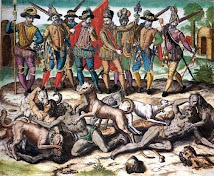

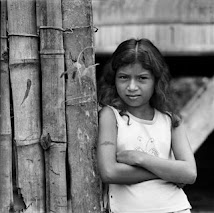

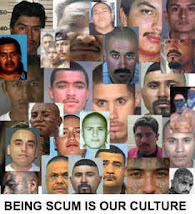.jpg)




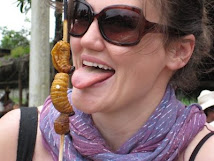

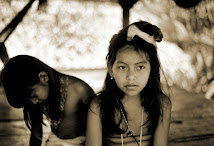.jpg)







No comments:
Post a Comment